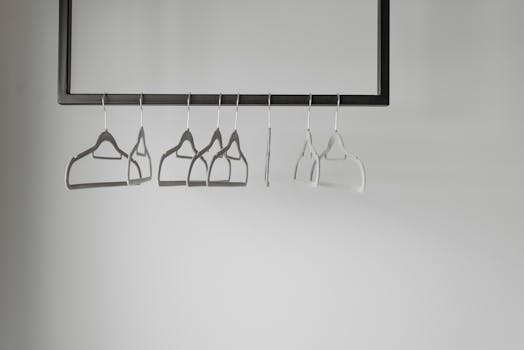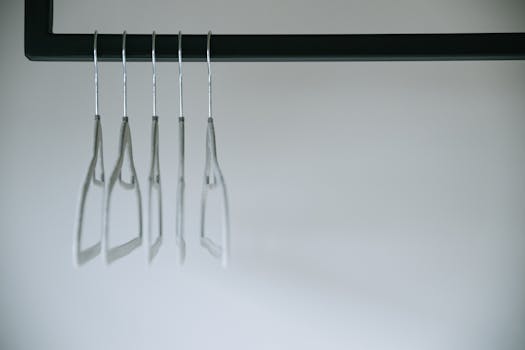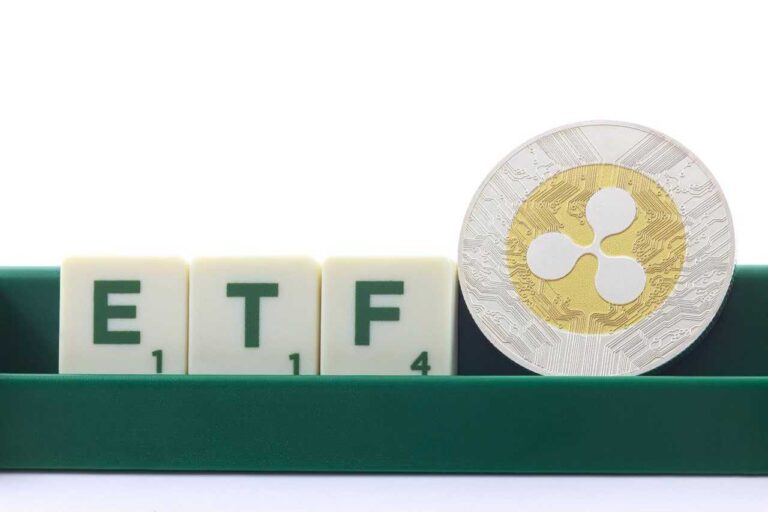
What is Minimalism?

Minimalism is more than just a design aesthetic; it’s a holistic approach to living that emphasizes simplicity and the intentional focus on what’s truly important. This lifestyle challenge society’s inclination towards consumerism by promoting a conscious decision to prioritize quality over quantity. Adopting these principles enables a deeper appreciation of the present moment, leading to significant emotional and mental benefits.
The Benefits of Minimalist Living

A minimalist lifestyle has numerous benefits that extend beyond decluttering. Here are just a few:
- Reduced Stress: A clutter-free environment naturally promotes calm, helping reduce anxiety and stress levels. When your living area is organized, you’ll find it easier to focus and enjoy moments of stillness.
- Enhanced Creativity: Simplifying your surroundings encourages clearer thinking and creativity, freeing up cognitive space to come up with innovative ideas.
- Financial Freedom: Living minimally often leads to a more mindful approach to shopping and finances, helping individuals save money as they prioritize spending on what genuinely adds value to their lives.
- Increased Focus on Relationships: With fewer distractions come greater opportunities to nurture relationships and spend quality time with family and friends.
How to Transition to a Minimalist Lifestyle

Shifting to minimalist living may sound intimidating, but taking it step-by-step can make the process enjoyable and rewarding:
- Assess Your Belongings: Begin by evaluating the items in your home. What do you use regularly? What holds emotional value? Keep these essentials and be candid about letting other pieces go.
- Create a Clutter-free Zone: Designate a space in your home to be clutter-free, acting as a personal sanctuary that exhibits harmony and order.
- Limit New Acquisitions: Continue the journey wisely by developing the habit of evaluating purchases — ask yourself whether an item adds value to your life.
- Implement Decluttering Challenges: Use challenges like the “30 Day Minimalism Game” where you discard or donate an item each day to infuse excitement in your journey.
Mindfulness and Minimalism

Minimalism often aligns with mindfulness practices. Being intentional about what you allow in your space helps create a sense of presence. Here’s how to engage mindfully:
- Mindful Eating: Simplify meals by focusing on whole, unprocessed foods to nourish both the body and the soul.
- Embrace Digital Minimalism: With countless messages, notifications, and social media interactions easily overwhelming us, setting clear boundaries about your technology use promotes inner tranquility.
- Nature Connection: Spend time outside to fully experience the beauty of simplicity — fostering an appreciation for the natural world reinforces mindfulness in everyday situations.
Living with Intention

Ultimately, minimalism centers around living with intention. As you successfully apply minimalist principles, consider how you spend your time, finances, and energy. Cultivate a lifestyle rooted in initiatives that resonate deeply with you:
- Engage in enriching activities that align with your values.
- Establish rituals that bring you moments of joy and fulfilment.
- Build connections with like-minded individuals who support your journey towards simplified living.
With these mindful strategies on board, you are well on your way to embracing the remarkable benefits of minimalist living.






